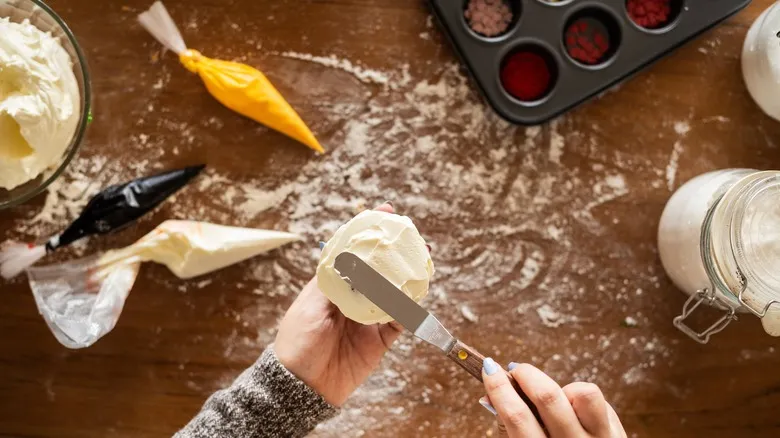A look at the many frosting recipes
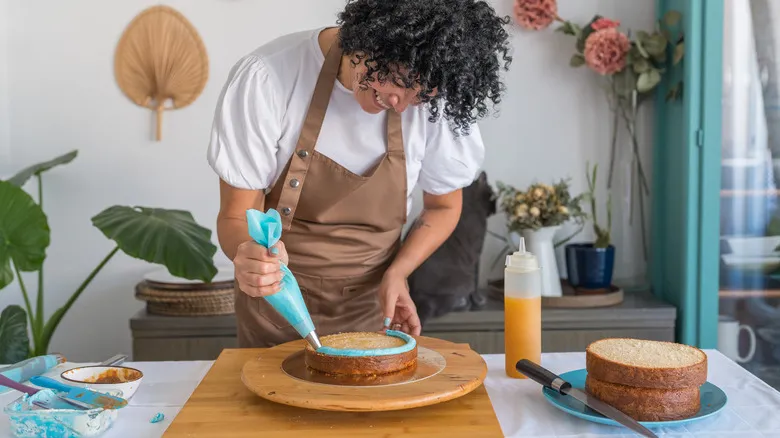
Luckily for frosting enthusiasts, there’s no shortage of options. From rich butter-based frostings to zesty cream cheese varieties, there’s likely a frosting to suit every palate. When it comes to buttercream, the key ingredient across all variations is, unsurprisingly, butter.
Among the various types, American buttercream is one of the easiest to prepare. Unlike some buttercream recipes that incorporate eggs or meringue, American buttercream showcases the delightful simplicity of plain butter. Like all frostings in this category, it also requires confectioners' sugar and a liquid component—typically heavy cream, though sweetened condensed milk can also be used.
The differences among other buttercream styles, such as Swiss, French, German, and Italian, significantly influence how a pastry chef might effectively apply them to cakes and cupcakes. For instance, German buttercream offers a luxurious, velvety texture due to the inclusion of egg yolk custard, making it an excellent choice for those who prefer a custard-like consistency in their frostings. Conversely, Italian buttercream is ideal for piping, as the whipped meringue acts as a stabilizer, ensuring the frosting maintains its shape.
Incorporating a creamy cheese into your frosting brings several benefits. One of the most notable is the tangy flavor that cheese-based frostings add, enhancing the overall taste of the cake. These frostings, often made with cream cheese or mascarpone, truly excel when paired with carrot or spice cakes.
Different types of icing recipes
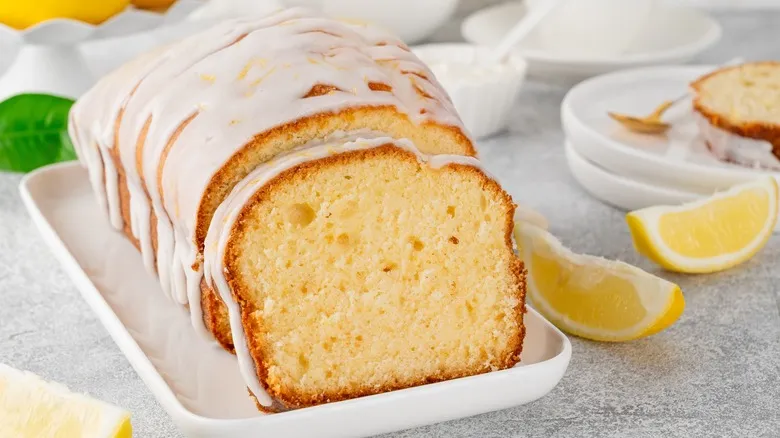
When it comes to icing and glaze recipes from around the globe, the process is straightforward: mix a specific liquid with powdered sugar to create a smooth topping. The quantity of liquid specified in a recipe will dictate whether your topping turns out to be a thick, opaque icing or a thin, translucent glaze. One of the advantages of using an icing recipe—aside from its simple ingredient list—is the ease with which you can modify its consistency by adding either more powdered sugar or more liquid. You have a variety of liquid options to choose from, including liqueur, fruit juice, dairy, soda, and even water. If you opt for one of the more neutral liquids, consider adding a splash of extract for extra flavor.
The exception to the typical ingredient list is royal icing. This type of icing incorporates meringue powder or egg whites, which help to stiffen and set the icing into a hard layer. This makes royal icing ideal for creating raised decorative elements or for "gluing" the walls of a gingerbread house together. Originally used to preserve and adorn royal wedding cakes (hence its name), royal icing is now more commonly seen on beautifully decorated sugar cookies.
Overall, icing and glazes are quite simple to work with. They are perfect for enhancing a basic recipe without overwhelming it with a thick, ornate layer. Due to their runny consistency, icing can only be drizzled or poured, which may limit your decorating possibilities. Instead, consider using it to embellish a coffee cake or a single-layer olive oil cake.
Recommended

Why Buckwheat Pancakes Are A Cornerstone Of West Virginian Cooking
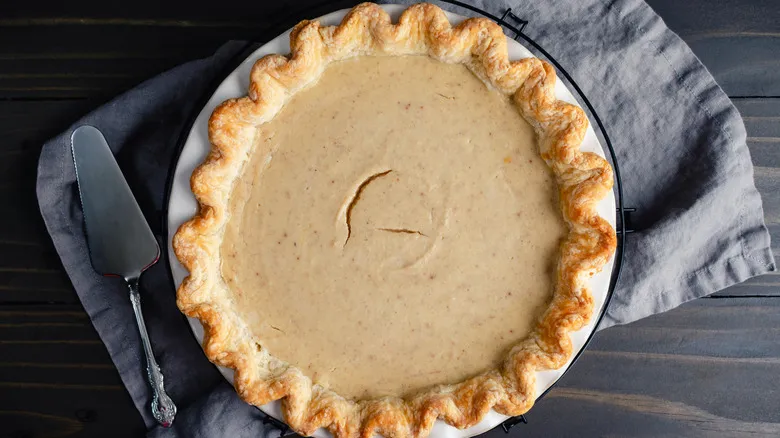
How To Save Your Pie Crust From Burning With A Piece Of Tin Foil
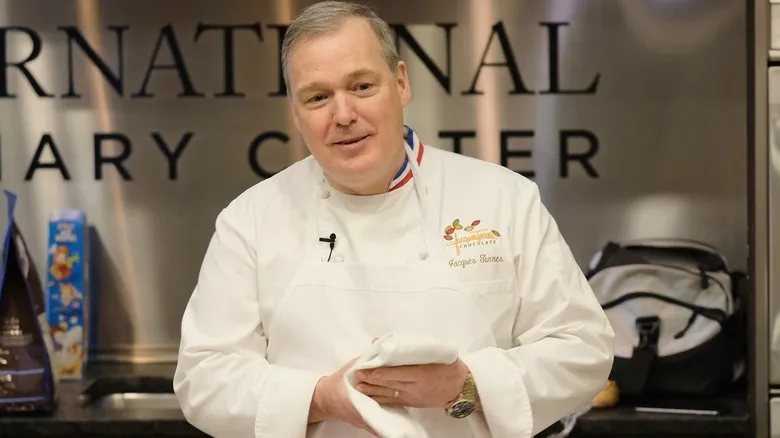
Use Chef Jacques Torres' Tip For Better Chocolate Chip Cookies
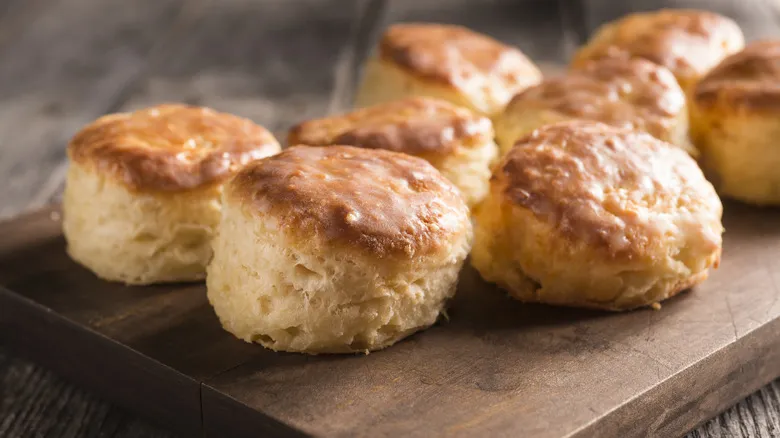
The Single Ingredient That Takes Store-Bought Biscuits To The Next Level
Next up

